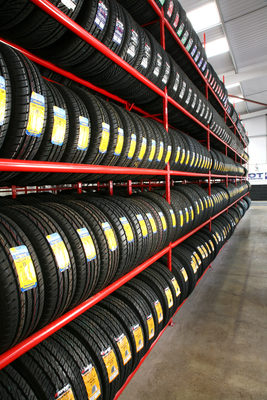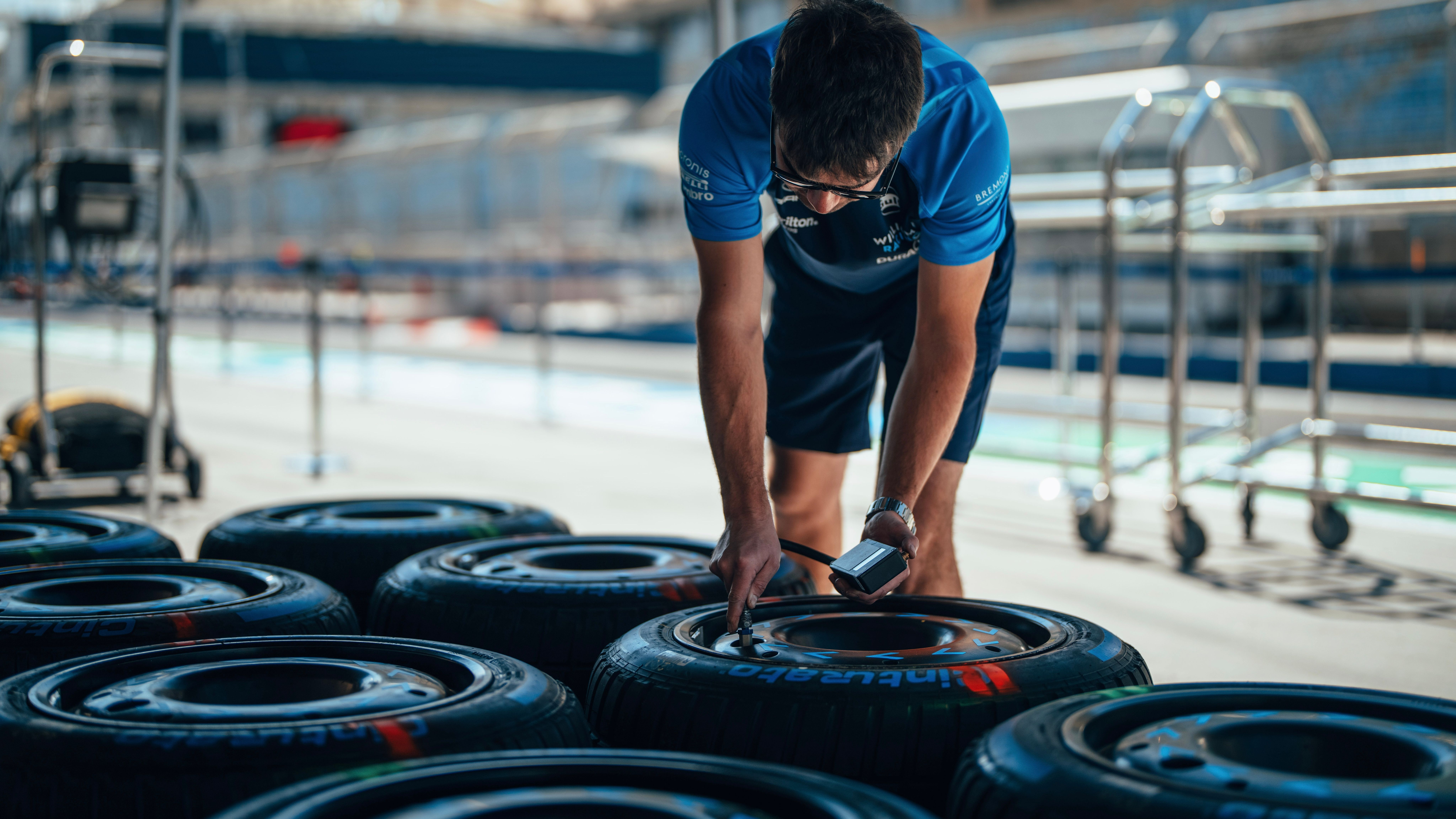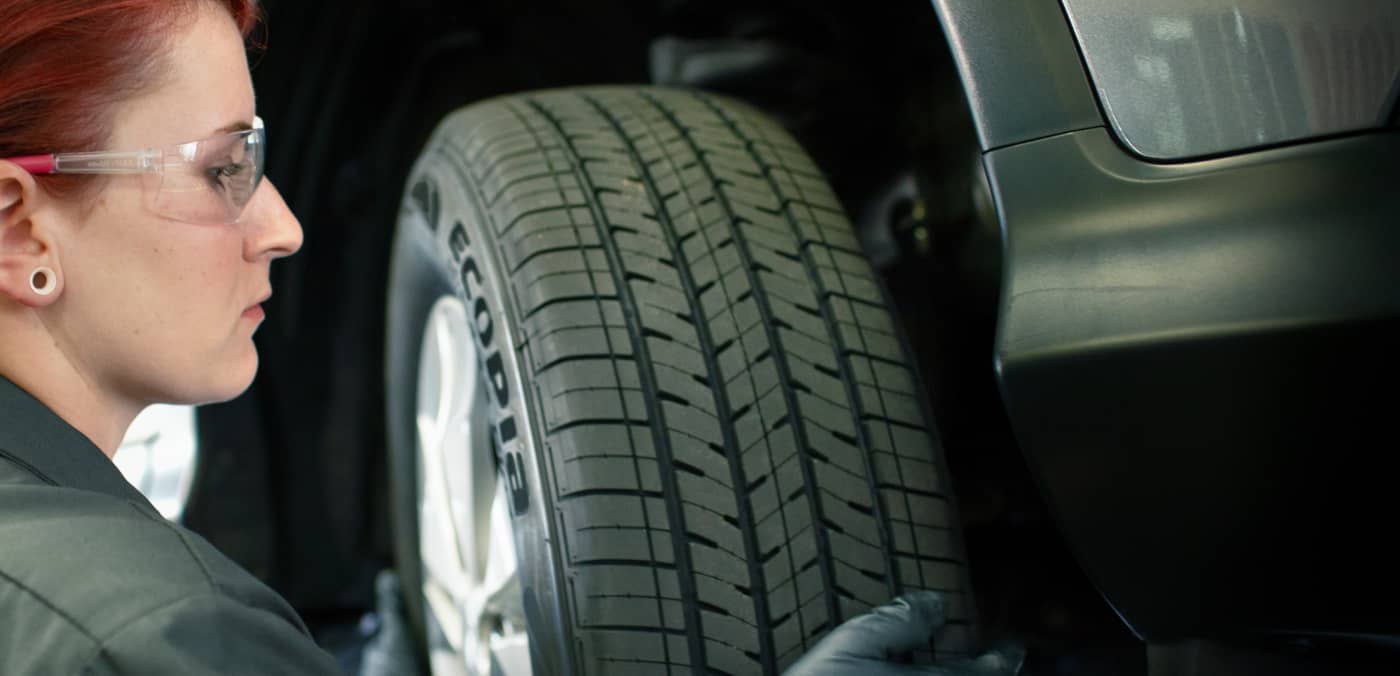All Categories
Featured
Table of Contents
The Michelin provided a comfortable driving experience, characterised by responsive guiding and a progressive understeer balance. Regardless of the cooler testing problems, Michelin's consistent time and hold over 3 laps indicates its viability for real-world applications. On the other hand, Yokohama's efficiency was unique. While its super-quick steering resulted in a quick front axle turn, the back revealed a tendency to swing much more.
The tire's very first lap was a second slower than the second, directing to a temperature-related grasp increase. For everyday use, the Michelin could be a much safer bet.
Performance Tyres
It shared Michelin's safe understeer equilibrium however did not have the latter's determination to transform. Continental and Goodyear's performances were significant, with Continental's brand-new PremiumContact 7 revealing a significant renovation in damp conditions compared to its predecessor, the PC6. This design was far much less conscious load modifications and behaved just like the Michelin, albeit with a little much less communication at the restriction.
It combined the secure understeer equilibrium of the Michelin and Continental with some stylish handling, confirming both predictable and quick. As an all-rounder for this Golf GTI, Goodyear's Crooked array was the standout, demonstrating excellent performance in the damp. The Bridgestone Potenza Sport took the crown as the fastest tyre, albeit by a tiny margin.
This tire obtained grippier as it heated up, comparable to the Yokohama. Drivers seeking an interesting wet drive might locate this tyre worth thinking about. The standout performer in damp stopping was the newest tire on test, the PremiumContact 7, though the results are nuanced. We conducted wet braking tests in 3 different means, two times at the new state and as soon as at the used state.
Top Wheel Alignment
Ideally, we wanted the chilly temperature examination to be at around 5-7C, yet logistical hold-ups implied we examined with a typical air temperature of 8C and water at 12C. While this was cooler than common examination conditions, it was still warmer than real-world conditions. The cozy temperature level examination was done at an average of 18C air and 19C water.
The third run included wet braking examinations on used tyres, especially those machined to 2mm with a tiny run-in. While we meant to do more with these worn tyres, weather constraints restricted our screening. Nonetheless, it deserves noting that wet stopping is most important at the worn state, as tyres typically improve in dry conditions as they wear.

Bridgestone, Goodyear, and Michelin saw the least efficiency decrease when put on. The Hankook tyre signed up the tiniest efficiency decline as temperature levels cooled down, but it was amongst the most impacted when used.
Leading Premium Tyre Selection – Swan
The take-home message below is that no solitary tyre excelled in all facets of damp stopping, indicating an intricate interplay of elements influencing tire efficiency under different conditions. There was a standout tyre in aquaplaning, the Continental completed top in both straight and curved aquaplaning, with the Michelin and Goodyear likewise really good in deeper water.

Yokohama could benefit from somewhat even more hold, an issue possibly affected by the cooler problems. When it comes to dealing with, all tyres carried out within a 2% array on the lap, showing their premium efficiency (Tyre checks). Taking into consideration these tires essentially target the same consumer, it's intriguing to observe the significant differences in feel.
The shock is because the PremiumContact 6 was one of my favourites for flashy dry drives, however its successor, the PremiumContact 7, appears elder and appears like Michelin's efficiency. Among these, Hankook was the least specific in steering and interaction at the limitation. Wheel alignment services. Both Michelin and Continental offered beautiful first guiding, albeit not the fastest
If I were to advise a tyre for a quick lap to an amateur, state my papa, it would be one of these. Then we have the 'enjoyable' tyres, namely Yokohama and Bridgestone. Both were swift to steer and really felt sportier than the others, yet the compromise is a much more playful back side, making them a lot more difficult to manage.
Reliable Car Tyre Fitting Near Me – Malaga
It provided similar guiding to Bridgestone but provided far better responses at the restriction and much better hold. The Bridgestone Potenza Sport, nonetheless, appeared to weaken rather quickly after just three laps on this demanding circuit. Finally, there's Goodyear, which placed itself somewhere in between the enjoyable tyres and those having a tendency towards understeer.
Overall, these tyres are exceptional performers. For road usage, I would certainly lean in the direction of either the Michelin or Goodyear, depending on your certain choices. In terms of tyre wear, the method utilised in this examination is what the sector refers to as the 'gold criterion' of wear. The wear professionals at Dekra performed this test, which entailed a convoy of cars passing through a carefully intended course for 12,000 kilometres.
Both the Bridgestone and Yokohama tyres significantly underperformed in contrast to the various other four tyres in terms of rolling resistance, with Continental slightly outmatching the remainder. Relating to the convenience degree of the tires, as anticipated, many demonstrated an inverted connection with handling. The Continental, Michelin, and Goodyear tires executed ideal throughout numerous surface area types tested.

Bridgestone began to show signs of firmness, while Yokohama was particularly jarring over pockets. We did determine internal noise levels; nevertheless, as is usually the instance, the results were very closely matched, and as a result of weather constraints, we were not able to conduct a subjective analysis of the tires noise. Ultimately, we took a look at abrasion figures, which measure the amount of tyre step lost per kilometre, normalised to a one-tonne vehicle.
Leading Tyre Balancing Near Me (Malaga 6090 WA)
This figure represents the amount of rubber dirt your tyres generate while driving. Michelin led in this category, creating over 9% less rubber particulate issue. On the other hand, Hankook generated 32% even more. This is an element I believe the industry should concentrate on even more in the future, and it's something Michelin is promoting.
Latest Posts
Top Tyre Performance Near Me – Nollamara
Tyre Maintenance – Bayswater
Vehicle Alignment Near Me (Girrawheen)